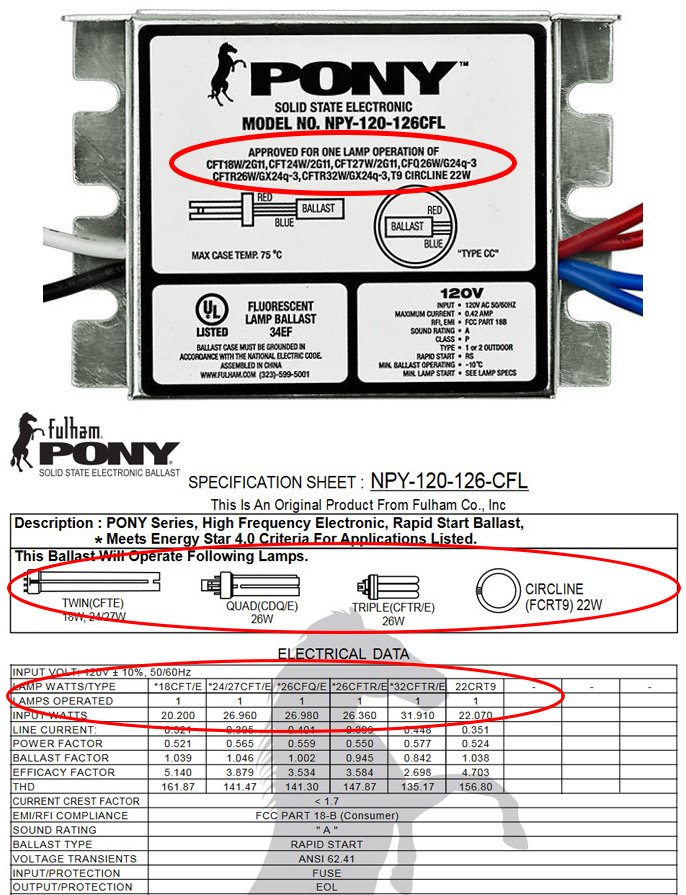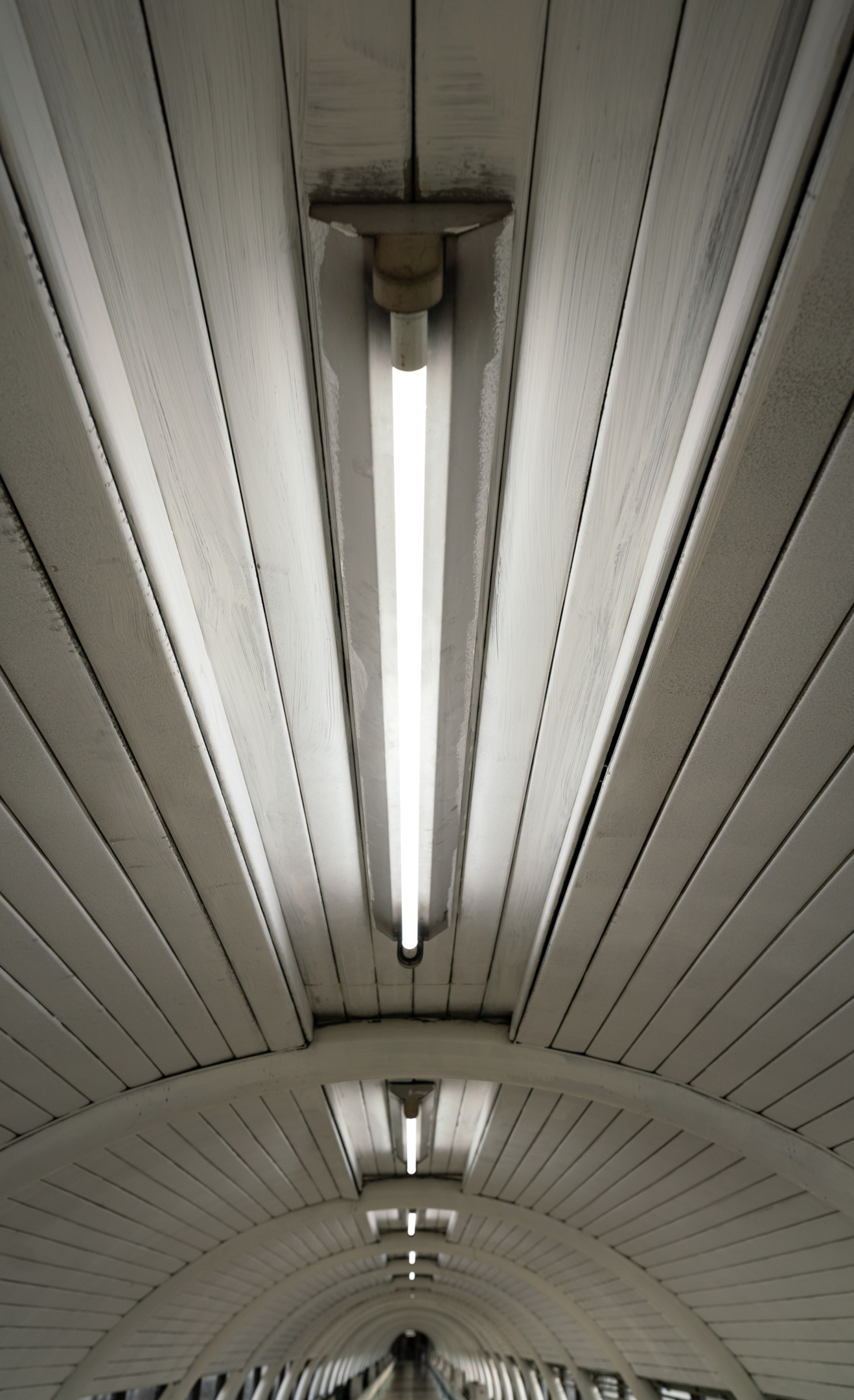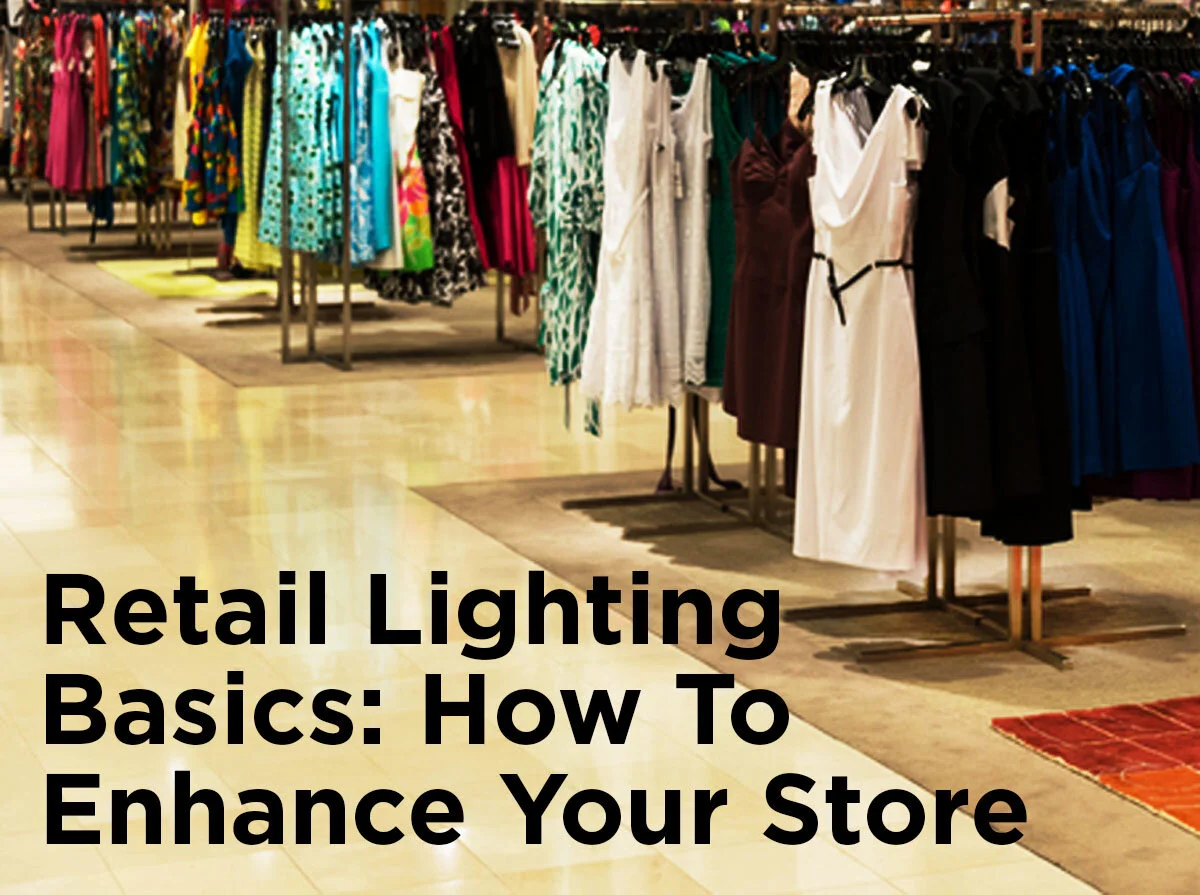Choosing the Right Fluorescent Ballast
Updated 10/11/23 by Angela Rogers
Imagine a world without fluorescent lights. Dark kitchens, dim garages, and poorly illuminated workspaces would be the norm. But thanks to the wonders of technology, we have ballasts to power these lights and brighten our lives. If you're not an electrician, the world of ballasts may seem foreign to you. But fear not! We're here to shed some light on the subject and guide you through the process of choosing the perfect fluorescent ballast. In this comprehensive guide, we'll delve into the intricacies of ballasts, explore the factors to consider when selecting one, and empower you to make an informed decision.
What Are Ballasts?
Before we dive into the nitty-gritty details, let's take a step back and understand the basics. You may be surprised to learn that many fluorescent lights, from the ones in your kitchen to the ones in your garage, rely on electrical devices called ballasts to operate. These unsung heroes supply the proper voltage to start and run most fluorescent lights.
Typically, ballasts are connected by wires between the power source and the bulb. However, there are cases where ballasts are included within the bulbs themselves. This is usually the case with compact fluorescents, while fluorescent tubes rarely have built-in ballasts.
Five Factors to Consider With Fluorescent Ballasts
Now that we have a grasp on the role ballasts play in our fluorescent lights, let's tackle the challenge of finding the right ballast. With the wide array of options available on the market, it's understandable if you feel a little overwhelmed.
Previously, we shared some insights on selecting fluorescent ballasts, but we've updated our article to provide even more comprehensive information. We want to empower you with the knowledge you need to confidently select the right ballast for your needs.
To simplify the selection process, we've narrowed down the decision-making criteria to five key factors. Let's explore each factor in detail.
Lamp Type
Understanding the type of fluorescent light you'll be using is a good starting point. Fluorescent lights can be broadly divided into two categories: compact fluorescents and fluorescent tubes. When researching your fluorescent bulbs, pay attention to attributes like bulb name (such as 2-pin, 4-pin, T8, T12, etc.), base type, and wattage. These details will help you narrow down your options and find a ballast that is compatible with your specific type of lamp.
Corresponding Lamp Identifiers
When considering a ballast for your lamp, it's crucial to ensure that they have corresponding lamp identifiers. These identifiers indicate the lamp type, wattage, and number of lamps the ballast is designed to operate. Many ballasts will have this information listed on both the label and spec sheets, as shown in the image to the right.
Matching the lamp identifiers guarantees that the ballast you choose can be used with your lamp. However, keep in mind that certain ballasts may be compatible with multiple lamps, and vice versa. Factors like design and start method can influence the efficiency, lifespan, and energy usage of your lighting system.
Magnetic Ballasts vs. Electronic Ballasts
Not all ballasts are created equal. When it comes to ballasts, you have two options: magnetic and electronic. If you're replacing an older magnetic ballast, it might be time to consider upgrading to a newer electronic ballast. Unlike their magnetic counterparts, electronic ballasts don't flicker or hum, and they utilize modern, energy-efficient technology. So, unless you have a nostalgic attachment to flickering lights and unnecessary energy consumption, electronic ballasts are the way to go!
Start Methods
Ballasts play a vital role in safely starting fluorescent tubes. There are four main types of starting methods: Preheat Start, Rapid Start, Instant Start, and Programmed Start. Each method has its own advantages and drawbacks. Let's dive into the details.
Preheat Start Ballast (Magnetic Design Only)
Preheat Start ballasts require a starter (usually built-in) to establish the circuit through the ballast wires and pre-heat the lamp filaments. Once the filaments have heated up, the ballast then provides a current flowing a suitable voltage to the lamp. It may take several seconds to complete the starting operation, but these ballasts are reliable and widely used.
Rapid Start Ballast (Magnetic or Electronic Design)
Rapid Start ballasts, as the name suggests, preheat filaments to the proper temperature before fully turning on the lamp. Usually, this is only a brief delay in proper operation. This method diminishes the stress on the filaments from a strong, initial power or voltage surge, thereby extending lamp life.
Instant Start Ballast (Electronic Only)
Instant Start ballasts turn lights on the moment you flip the switch. They provide the quickest, most energy-efficient lighting and are intended for areas with light bulbs with infrequent switching and “on” bulbs with cycles of several hours, as the initial surge of electrical current from turning on the lamps can damage them in the long run. These ballasts are ideal for offices, warehouses, and retail spaces.
Programmed Start Ballast Same as Programmed Rapid Start (Electronic only)
Programmed Start ballasts are the newest option on the market, designed to reduce the power used by rapid start light ballasts, as well as the damaging effects of instant start light ballasts. These ballasts provide slower-starting, energy-efficient lighting that prolongs lamp life and performs well in frequently switched applications. These ballasts are ideal for hallways, stairwells, and bathrooms.
Ballast Factor and Light Output
Last but not least, let's shed light on the ballast factor and how it impacts your lighting system's performance. The ballast factor is a measure of the total lumen output for a combined lamp-ballast system. By selecting a ballast with an ideal ballast factor, you can optimize the light output of your fluorescent lighting system and maximize your energy savings. For example, 3200 lumens x 0.77 BF = 2464 total system lumens.
Consider the following ballast factors and their implications:
Low Ballast Factor (below 0.77): These offer lower energy usage and reduced light output. They are ideal for areas like hallways and bathrooms where bright, intense lighting may not be necessary.
Normal Ballast Factor (0.77 to 1.1) - These provide near-rated energy usage and light output. They are suitable for most applications, including offices and retail stores, where a balance of energy efficiency and illumination is desired.
High Ballast Factor (above 1.1) - These consume higher amounts of energy and deliver up to 10% more light output. They are ideal for spaces like warehouses and areas with high ceilings, where maximum light output is needed.
Taking the Next Step
Armed with this knowledge, you are now ready to choose the right fluorescent ballast for your specific lighting needs. We've provided a comprehensive guide to demystify the selection process and ensure you make an informed decision. Should you have any further questions or need additional guidance, feel free to reach out to us by calling 1-800-624-4488 to speak to one of our lighting experts. You can also browse a wide range of ballasts by visiting our website at 1000Bulbs.com. We're here to illuminate your path and assist you in finding the perfect fluorescent ballast to brighten your space.












